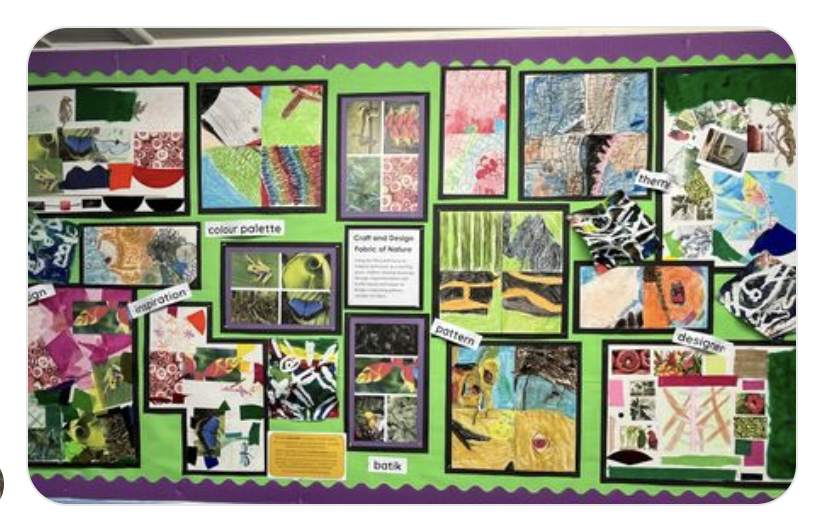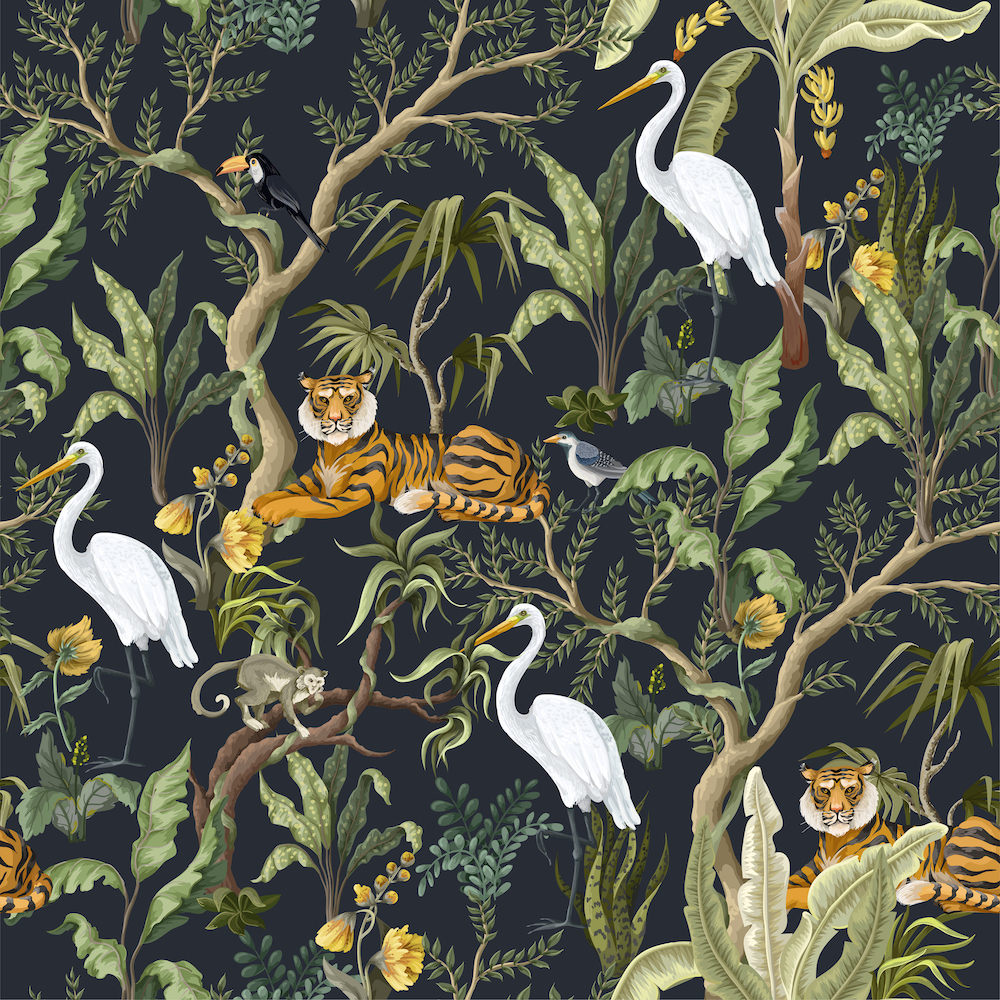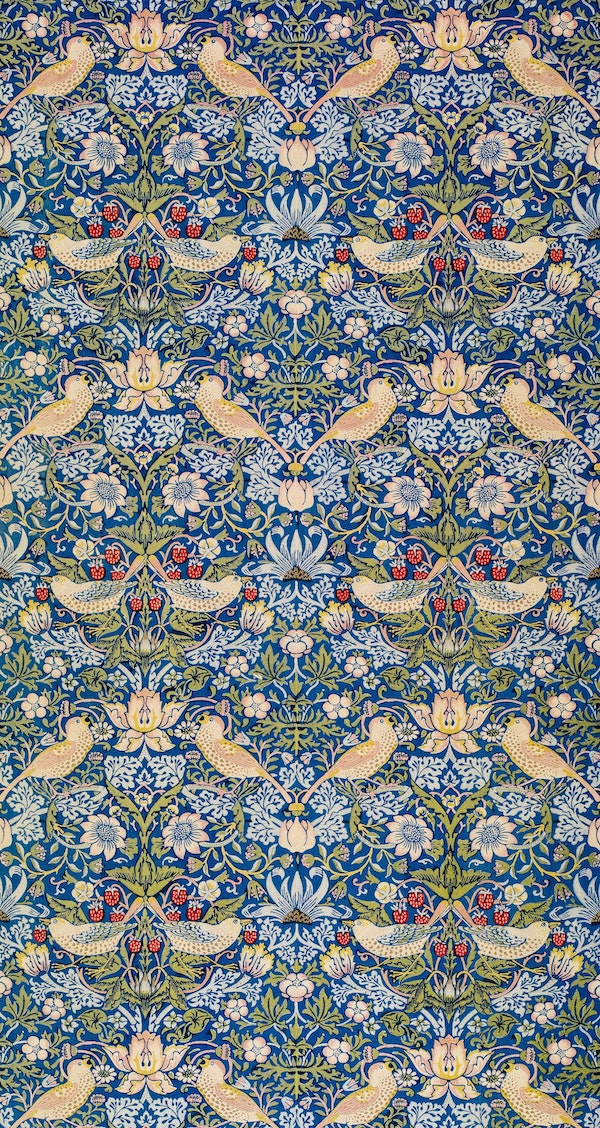Learning objective
- To understand how art is made for different purposes.
Success criteria
- I can recognise
This content is for subscribers only. Join for access today.
National curriculum
Art and design
Pupils should be
This content is for subscribers only. Join for access today.
Cross-curricular links
Geography
Place knowledge
Pupils should
This content is for subscribers only. Join for access today.
Before the lesson
This content is for subscribers only. Join for access today.
Lesson plan
Recap and recall
Arrange the children into pairs. Display the Presentation: What do you remember? and ask the children to tell their partner as much as they can remember about batik and patterns from the unit. Use this to recap the children’s gained knowledge.
This content is for subscribers only. Join for access today.
Extended-mode explainer videos
How to extend your display to view the lesson page and preseantion mode simultaneously. Choose your operating system below to watch the video
If you need further support with extending your display,
please contact [email protected].
Extended-mode explainer video: For Mac
Extended-mode explainer video: For Windows
Adaptive teaching
Pupils needing extra support
Can work in pairs to help each other fit their patterns together; can draw their pattern designs using the Activity: Product templates in the Wrapping up section.
Pupils working at greater depth
Can include drawings in sketchbooks to illustrate improvements they could make to their designs.
This content is for subscribers only. Join for access today.
Assessing progress and understanding
Pupils with secure understanding indicated by: understanding different methods of
This content is for subscribers only. Join for access today.
Vocabulary definitions
-
batik
A technique to create patterns on fabric.
-
craftspeople
Someone who makes things primarily by hand, having learned their skills over time.
This content is for subscribers only. Join for access today.
Example work

Springfield Junior School

Waberthwaite C of E School, Cumbria
This content is for subscribers only. Join for access today.





